August has arrived and what a dry summer! That means almost daily watering sessions down on the allotment. It has been a really poor year for onions – just not enough water and rock hard soil means lack of growth. Ours range in size from “why bother” to “ok”; but at this point they have all been dried, tied together with string, and hung somewhere dry and airy such as hooks on the wall of our garage. They should last well into next year- an important extra for all sorts of recipes.
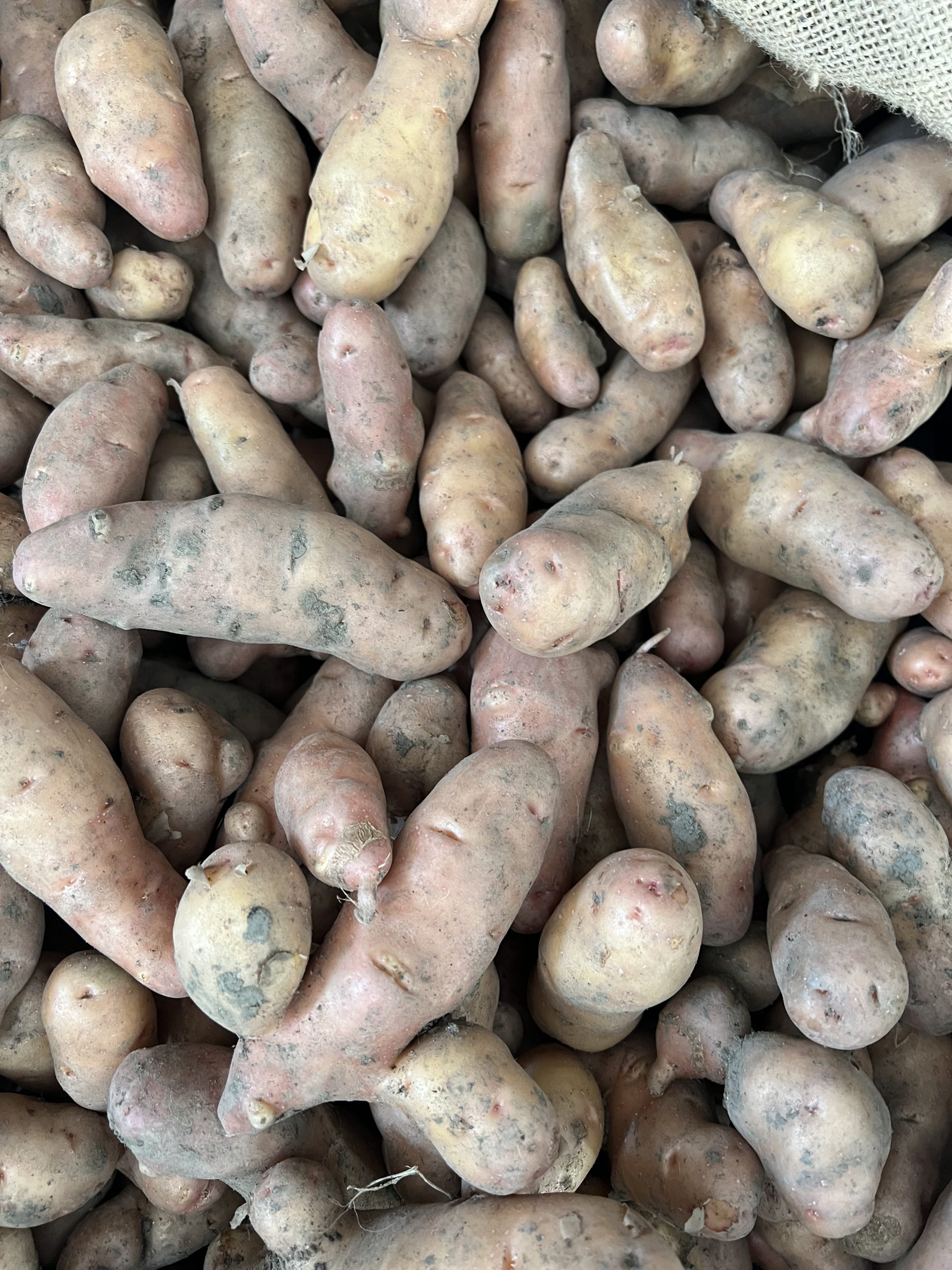
We have also harvested most of our potatoes. We watered the potatoes through July, and found the resulting harvest has been good. So after harvesting, rub off the soil, leave to dry on trays, and then store in sacks somewhere dark and cool. We have found french /climbing beans have done much better than runner beans. The runner beans seem to have been unable to form many flowers or beans in the heat. So next year, we may not be growing runner beans at all.
Tomatoes are now ripening and delicious. What to do with a glut? Freezing them is great if you have the room- they can be popped into boiling water straight from the freezer, which will then enable you to easily take the skin off. If your freezer isn’t large enough, you can also boil them down, add in some mixed Mediterranean herbs, and put the still hot tomatoes into jars and sealed – just as if you are making jam. Great for tomato soup or spaghetti sauce in the winter.
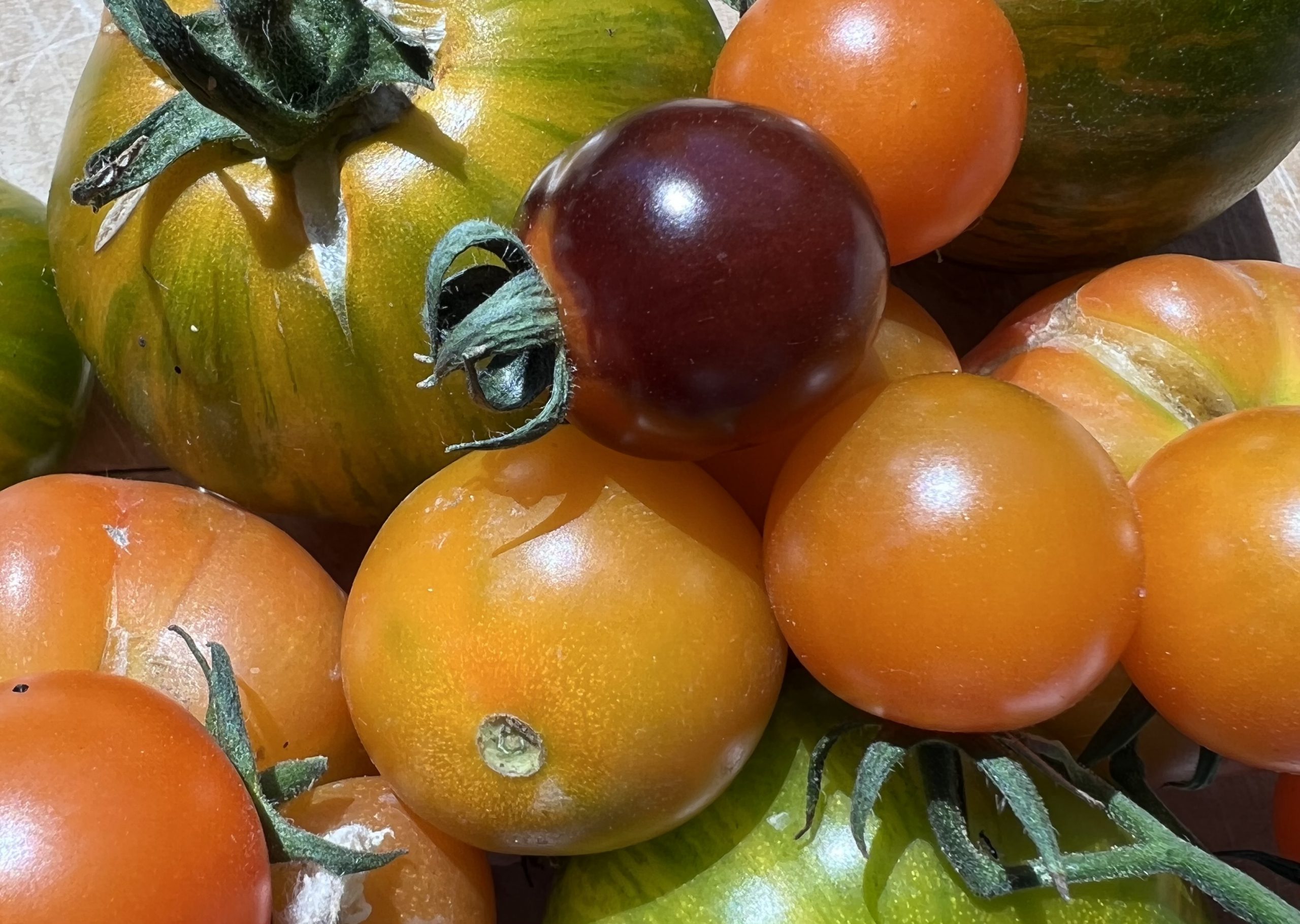
Tomatoes are a huge effort to grow yourself – watering, feeding, pruning all take time. So we focus on unusual, and above all, sweet tasting varieties. Now is the time we are choosing unusual looking varieties in restaurants or greengrocers. If we love the taste of a certain type of tomato, we collect seeds for growing next year. So in the allotment, our own varieties include “small black Italian sandwich”, “Le Touquet gift” and “golden stripy Brett” labels. Sometimes these odd types prove impossible to grow – blight-susceptible, too slow, etc. But sometimes, as in “Le Touquet gift”, we are now on our 5th year of still loving the variety over others.
Corn has been good this year, but all of ours became ripe and then over-ripe quickly in the heat. If you find you have a glut of corn, you can cut the kernels off the cob, and freeze in bags to add to salads or other recipes.
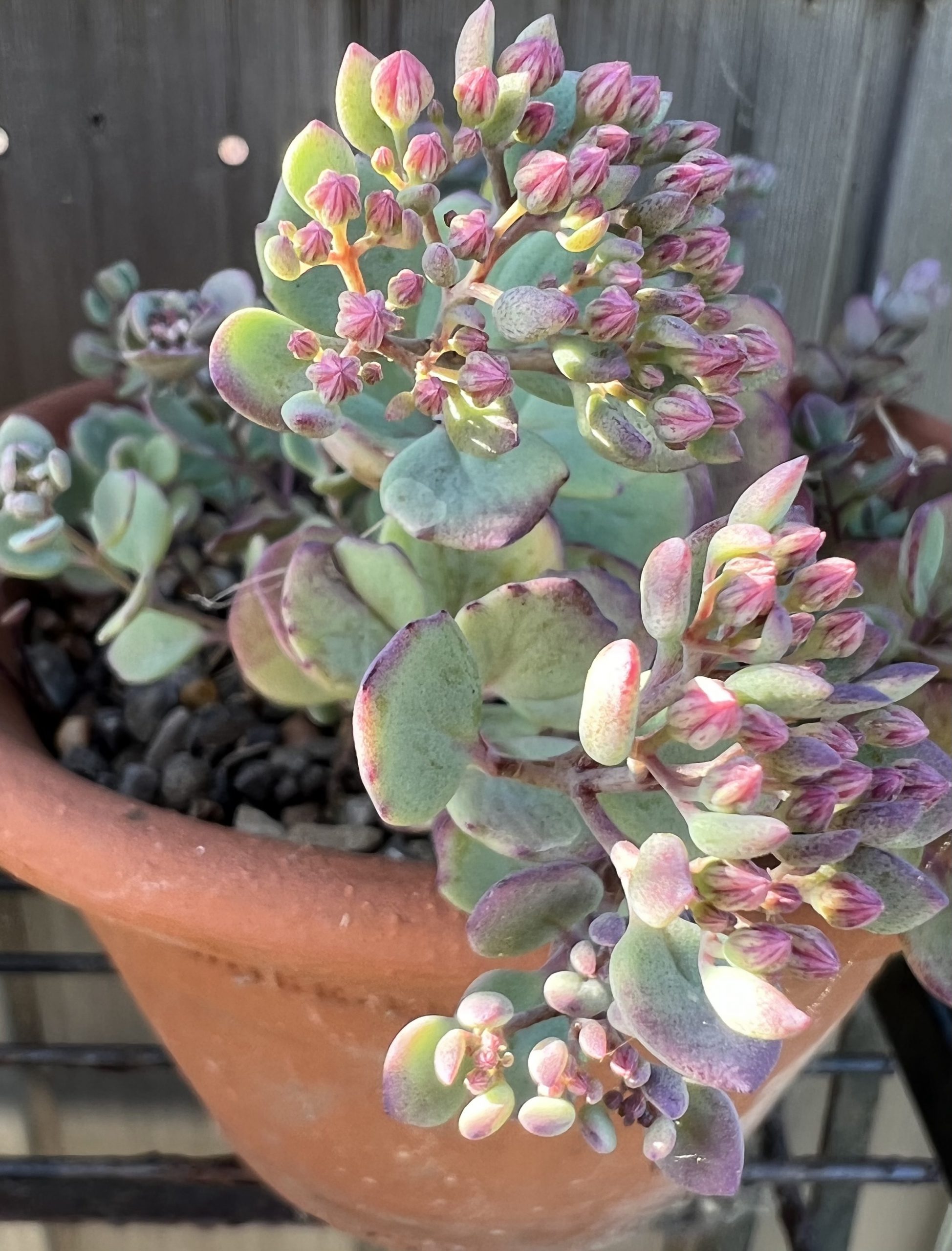
In the flower garden, I am finding all plants are truly feeling the heat. Yes, I am diligently pouring any bath or kitchen water over precious plants, but everything except lavender seems to be withering. I am taking note of which plants are doing better than others for next year. For our soil, that means focusing even more on echinacea, salvia and sedum (now called Hylotelphium, but I really can’t remember this…) varieties next year. I tried sedum coca-cola in a pot and it is literally frothing with flower, forgotten in a corner but loving life right now. So I will now be looking for more, perhaps taller, varieties to try in 2023.
August is the month for trimming back lavender down to just a few green leaves along each stem. I usually begin with big shears around each plant, and then go in with secateurs for the final “neatening” of each plant. With our hot weather, I am trying to leave more stem and leaf than usual – it feels like all plants are feeling stressed, and I want to make sure the plants don’t die back completely.
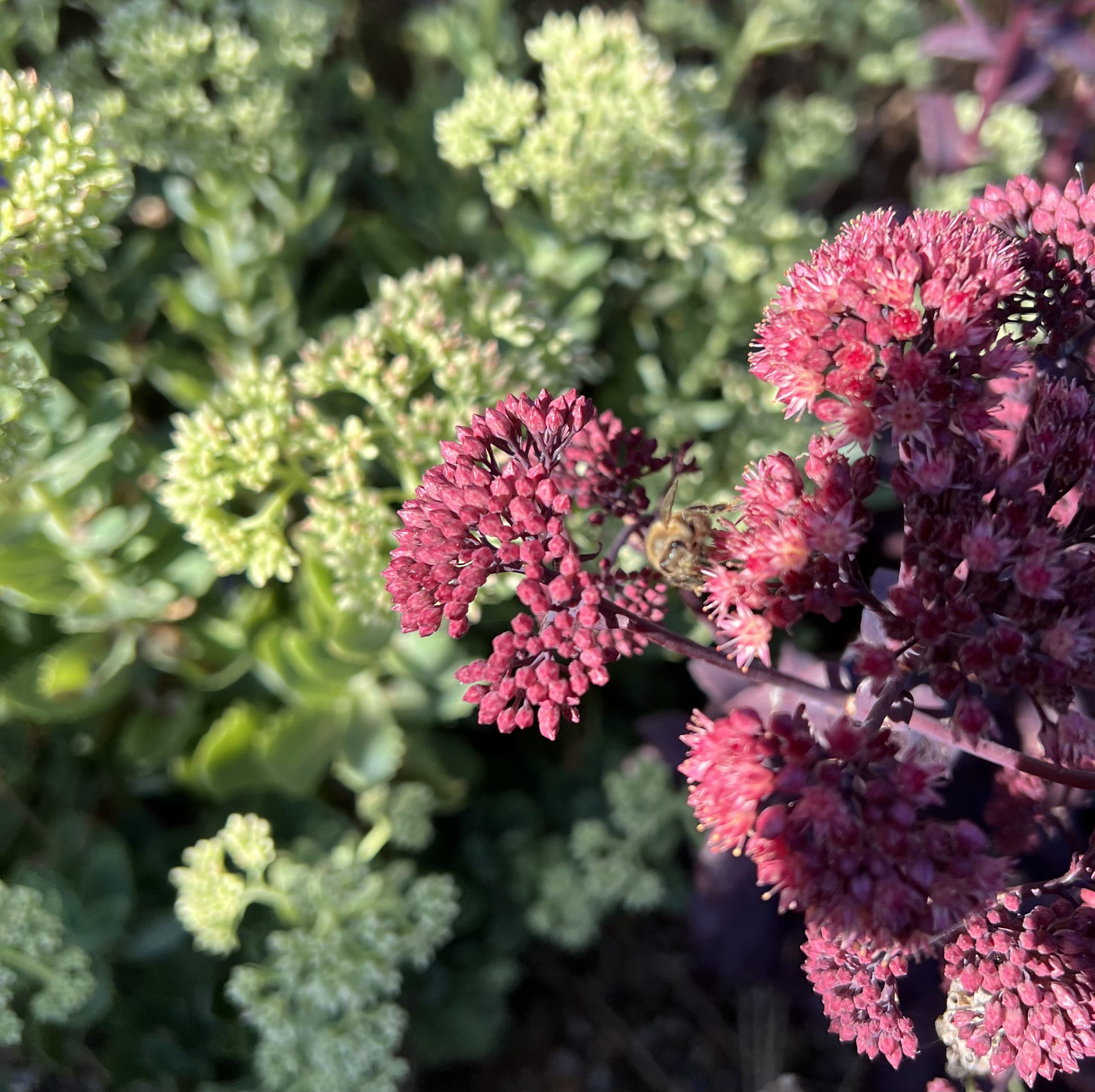
Across the garden, this is the time to take cuttings for creating new plants: Almost always, roots will emerge from leaf joints on the stem, so carefully strip away leaves from the lower stem, and then put these around the edge of pots with dampened gritty-soil. I find a plastic bag over the stems and pot will ensure moisture increases the chance of success. Within a few days, if you see remaining leaves are perking up and looking healthy, the chance of rooting in the next few weeks is high. Within 4-6 weeks, I find cuttings will have enough roots to carefully pot on.
You can do this kind of propagation with a huge variety of flowering plants in your garden. I am doing this with my favourite roses too – pencil-sized stems, put into deeper pots, and it takes about 3-6 months for rooting to start. I find only 20-30% of my cuttings are successfully rooted from roses, so I usually do at least 5-10 of each variety to be sure of success.
Two events are happening down on the allotment: First, “Stone Soup” at the Love Lane Community Gardens on Saturday, August 13 from 12-2pm. The organisers ask anyone coming to bring along a vegetable or herb to put into the soup. Second, we are nurturing and feeding prized plants in preparation for the Rye Flower and Veg Show, to be held on Saturday, September 3 in Rye Community Centre, Conduit Hill. Let’s recognise this as probably The Rye equivalent of the Chelsea Flower Show in any growers’ calendar?
According to the organisers, Lorna Hall and Helena Hudd, “This is the 17th year of celebrating the best homegrown, home-made and home baked produce in the Rye area. Whether you are an experienced grower or brand new to the challenge, our friendly show is easy to enter and great viewing.” Lorna wrote a fascinating article a few weeks ago on how Charles Dickens visited Rye and described the wonders he found, as well as the “refined politeness” of the locals! Don’t forget the floral, photography, cookery and handicraft classes as well. For more information, see their website www.ryeflowerandvegshow.co.uk
Image Credits: Abigail Cooper-Hansen .



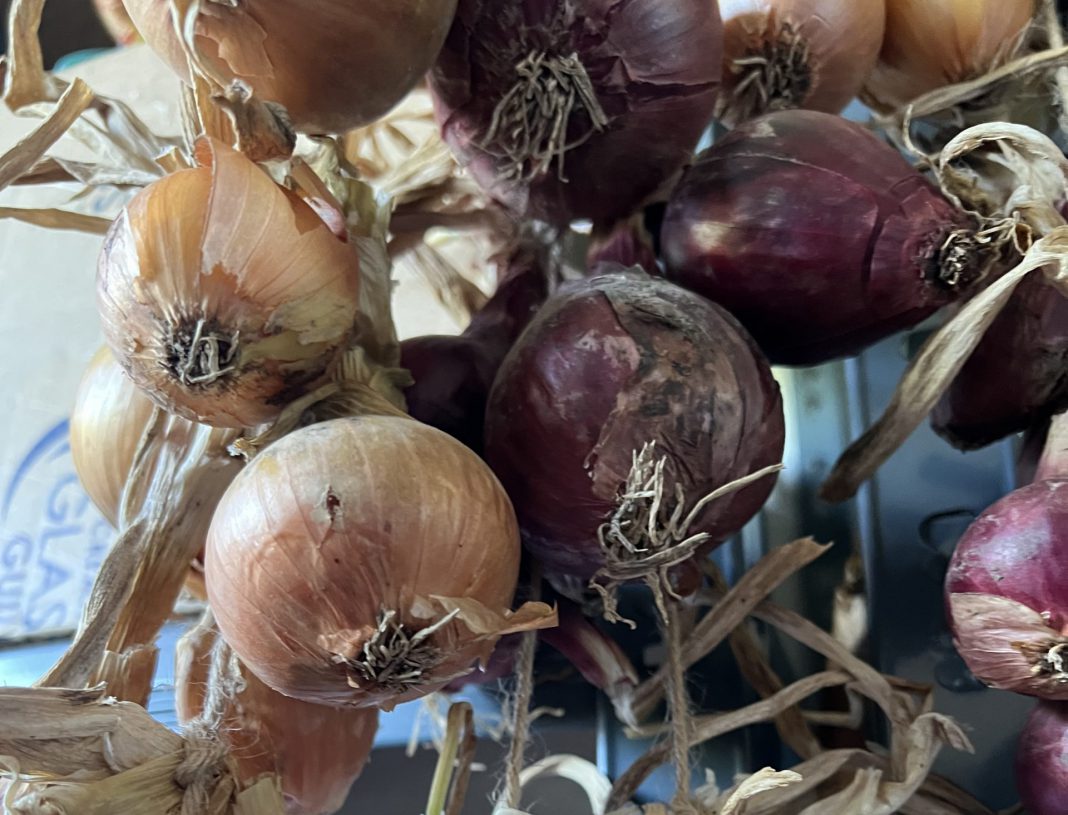
Another enjoyable article by Abigail Cooper-Hansen with many tips on gardening and how to use the produce grown..the lovely pictures of their harvested produce and flowers are encouraging to others to try next year to have a try.as tomatoes can be grown in pots in one’s own space.and potatoes in old large compost bags. So those with out an Allotment can have go.
And with the names of what they have grown this year is so useful to be able to try them next year.
An up lifting read…look forward to Abigail’s next article in rye news.
I totally agree with Judith’s comment! Thank you Abigail so much for your interesting informative insights on your garden at a time when we are all anxiously waiting for some rain and planning for unpredictable (?) weather patterns ahead.
What great tomato seed gathering tips – thank you Abigail, I will certainly try this out!